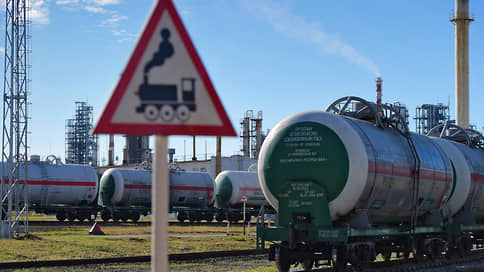The Ministry of Economy has proposed a new approach to green projects taxonomy

The Ministry of Economy intends to change the approach to taxonomy (classification) of sustainable development projects. Projects are grouped according to the degree of influence on the achievement of the goal – no later than 2060, reach the balance between anthropogenic emissions of greenhouse gases and their absorption (the so -called carbon neutrality, the purpose of the climatic doctrine of the Russian Federation). Changes will allow the use of the mechanism by which the state already supports projects of technological restructuring of the economy. This will reduce the cost and simplify the receipt of support, which is developed by the Bank of Russia for sustainable projects, but also narrows the list of its recipients.
The Ministry of Economy has developed a draft government decree changing the approach to taxonomy of stable projects, including green, development – the document is published for public discussion. All projects will be divided into “green” and “transitional” (previously “adaptive”) and distinguished priority (in the previous version, projects were divided into “green”, “adaptive” and “social” without prioritization).
As noted in the explanatory note to the document, getting into one or another group depends on the degree of influence of the project (more or less) on achieving a long -term goal – no later than 2060 to reach the balance between the anthropogenic emissions of greenhouse gases and their absorption (otherwise – carbon neutrality, this is the key purpose of the country’s climatic doctrine, approved in 2023). As the first deputy head of the Ministry of Economy, Maxim Kolesnikov, explained to Kommersant, will apply the same support measures to a more significant impact on the reduction of emissions as the projects of “technological sovereignty” (see Kommersant on April 27, 2023). For the “Techno -Supplete” projects, taxonomy was developed in 2022–2023 as a mechanism for supporting investments – when lending important for the state of projects, reduced risk coefficients are used to them. According to the Ministry of Economy, in 2025 the number of projects of « technological sovereignty » and the structural adaptation of the economy reached 47 by 3.36 trillion rubles. (At the beginning of 2024 – 12 projects for 264 billion rubles). At the end of 2024, the authorities were reported to supplement the mechanism with bonds, guarantees and guarantees (see Kommersant on November 11, 2024).
If the decision is adopted, the division of stable projects will be similar to the logic of Decree No. 603 (see “Kommersant” of June 13, 2023). According to it, all projects are divided into priority and adaptation, and banks with a universal license can reduce the load on capital loans to such projects and apply reduced risk-wing during financing.
At the same time, stable projects are proposed to equate with adaptive technological, that is, the projects of the “second level” of priority. As “Kommersant” confirmed at the Bank of Russia, they will apply to risk-oriented stimulating regulation. “It is planned to allocate a 30% of the capital savings limit for loans and bonds for such projects, which regulation gives to projects of technological sovereignty and structural adaptation of the economy. Depending on the quality of the sustainable development project, a reduction in risk wing can be 10-50% of the basic one, the same as for projects of structural adaptation of the economy, ”the Central Bank noted.
Prioritization of directions will allow banks to finance more projects, explains the first deputy chairman of the VEB.rf Alexey Miroshnichenko, in conditions of limited capital, stimulating regulation will allow them to direct resources to where it will be possible to reduce the load on capital. Also, thanks to two-level division, banks can more clearly differentiate projects on climatic impacts, which will improve the process of adoption of investments and risk management, Tatyana Lipskaya, senior vice president of Sbering, notes.
The reduction in risk wing will allow you to make cheaper to finance sustainable development projects, the leading analyst of the department of sustainable development ratings “Expert RA” Elena Shirnina, noting, however, noting that the fate of others who have not been priority remains foggy, and for the social part of the stable projects of the benefits, based on the draft resolution, it is not planned.







